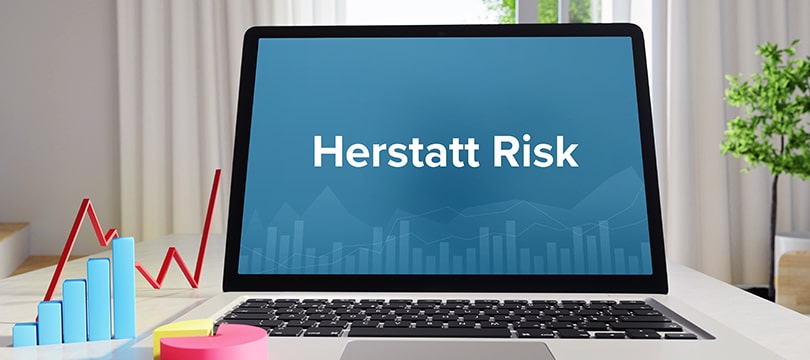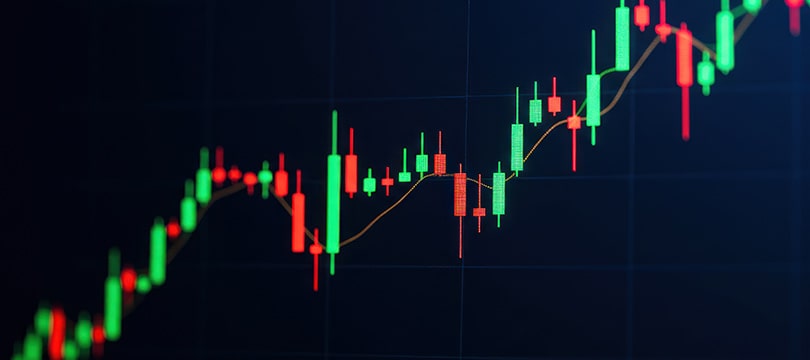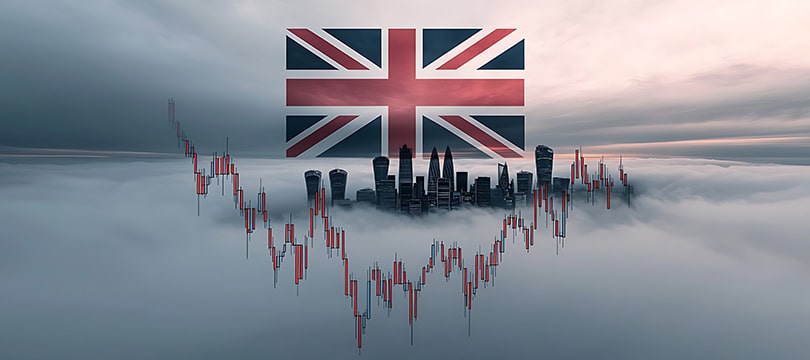Market Cycles: Navigating Emotional Challenges at Each Stage
October 14, 2021

Market Cycles expose traders to specific, peculiar emotional risks. The reason for this differentiation lies in the different stimuli that each cycle causes and the equally different expectations it creates. What is important to know is that emotional risk, to a certain extent (which varies from trader to trader), is always present.
Even when things seem to be going in the right direction, the investor must manage their emotions, and they must do so to achieve two goals: not to be overwhelmed by them, to maintain intact judgment, and to avoid effects on lucidity.
In this article, we discuss the emotional and psychological risks of trading in relation to market cycles. We will analyze the effects on the psyche of each phase and provide some advice for effective and as serene management as possible.
The Strange Relationship Between Psychology and Trading
Before talking in-depth about market cycles, it is important to take stock of the relationship between psychology and trading. A relationship that some might consider strange, but undeniable. After all, those who have been trading for some time know how much the psyche affects the outcomes of their investment activity and how it is able to influence it. If optimal management is not carried out, there is a risk of succumbing to emotions and, very simply, making more mistakes than necessary.
The link between psychology and trading should not be surprising, also because it is justified by a trivial dynamic: the stakes are always high, as it is always about money. The emotional pressures and emotional dynamics are not comparable to gambling, which is a gut activity, but they are still important.
Unfortunately, psychology often plays the role of the "elephant in the room", that is, it is an element that, despite being present, impactful, and almost tangible, is ignored by traders. This dynamic mainly concerns beginners, but it is due a bit to the taboos and a bit to the false myths that revolve around trading.
The taboo is that of the need to take care of oneself from a psychological point of view, which is seen a bit as a weakness. The most significant false myth, from this point of view, is that according to which trading would be pure technique, a sort of infallible science.
Market Cycles
Let's now introduce market cycles, of which you certainly already have a smattering if you are thinking of practicing trading. The market produces cycles, that is, it goes through well-codified and circumscribed phases (often, not always) that mark a before or an after, and characterized by a marked directionality of prices.
So the price can be inserted in an upward trend, when it tends to rise. It can be inserted in a downward trend, when it tends to descend. It can move within a range but, in general, move sideways. All this, of course, net of the counter-trend oscillations that occur with a certain frequency. Of course, some assets, although included in a specific trend, tend to oscillate more and more frequently. It is part of the specificity of the asset itself.
So currency pairs tend to maintain a relatively moderate level of volatility, net of the (often impactful) news coming from outside the market. Stock titles and especially cryptocurrencies appear much more chaotic, even when they flow along a trend.
Below we analyze the emotional challenges that the trader must manage in the various market cycles, namely in the bullish, bearish, and during the lateral phases.
How to Deal with an Uptrend
The uptrend is generally welcomed positively by traders. Of course, it is possible to earn even when prices go down, if a specific class of instruments is used, but under normal conditions it is from the constant and stable growth of the price that profits emerge. But if the uptrend represents a favorable condition, why does it pose emotional risks? The reason is easily guessed and has to do with... positive emotions.
When the trend is bullish, the trader experiences an increase in self-confidence and market prospects. This confidence, if the trend continues and the trader has not yet learned to manage psychological pressures, can easily turn into euphoria. Emotion, that of euphoria, which in itself compromises lucidity. It pushes to underestimate risks and dangers. In this case, it can prevent the trader from seeing that conditions are changing, that the trend is running out of steam. So at the crucial moment, they will find themselves unprepared and will be caught by surprise.
But the uptrend can also generate anxiety. If it is true that it generates opportunities, then the trader may feel some pressure to act, and act at all costs. They may have the feeling of missing opportunities, a feeling that very easily turns into an anxious state.
How to Deal with a Downtrend
The downtrend poses significant emotional problems, especially when trading is at a disadvantage as it has failed to predict it. In this case, net of the products that allow you to earn even when prices go down, the pressure arises from the need to understand when the lows will occur and at what level, in order to enter the market and profit from a bounce (possibly not technical).
During the downtrend, frustration and fear can emerge. Frustration arises from the difficulty in identifying clear signals that can announce the timing and manner of the trend reversal. Fear arises from the fact of not being able to identify them. All this is amplified if the downtrend "opened" with a loss on their part.
Different discourse, and even worse, if the downtrend involves assets already in the portfolio. In this case, anxiety and even panic can occur. Seeing your assets depreciate is a terrible feeling, if you don't know when the trend will end and you have no idea how much ground you can recover later. There is also the pressure to sell, which during panic selling reaches hardly manageable levels.
How to Deal with a Lateral Phase
Lateral phases are very difficult to manage. In fact, they are by definition the phase in which uncertainty reaches the highest levels. Very simply, it is difficult to understand not only when the phase will end, but also the direction that the price will take once it has ended. The signals are there, and they are conflicting. Some lateral phases, then, are more anxiety-provoking than others. The reference is to lateral phases characterized by very large trading ranges, and undermined by a marked volatility. The price not only does not seem to take a specific direction, but produces deep or frequent oscillations.
If the asset is not present in one's portfolio, traders resolve the situation simply by ignoring the asset and thus avoiding entering the market. If the asset that is moving sideways is in the portfolio, the trader must decide whether to exit the market or wait. A difficult decision to make precisely because of the high degree of uncertainty, significantly higher than that of other market cycles.
How to Manage Emotions?
It's the classic million-dollar question. Psychology is a complex subject always and in any case, let alone when it is applied to contexts that are inherently uncertain and unpredictable, as in fact is the trading activity. Many traders learn to manage emotions after a long time, but it is possible right from the start to begin an improvement in this sense, and to put in place useful and handy measures.
Recognize emotions when they emerge. The first step is to recognize emotions. It may seem easy, but it is not. Think about it: how many times do you feel you sense something but can't define it? Well, if you practice trading, and you feel "pressured" by the situation, try to investigate yourself and understand what is the emotion, the feeling that is putting a spoke in your wheels.
Frame your trading activity within a system. Emotions cannot be suppressed. However, it is possible to render them harmless. One method is to concretely prevent them from interfering with decision-making processes. How to do it? Organize a trading system, an instruction booklet that, net of the necessary improvisation, clearly suggests how to do it and when to do it.
Do some work on yourself. Work on oneself is essential, understood as a path of knowledge, of personal deepening. A good part of this particular "training" is aimed at strengthening the ability to manage and resist stress. In fact, if stress is well managed, it is possible to prevent emotions from interfering with decision-making processes.




